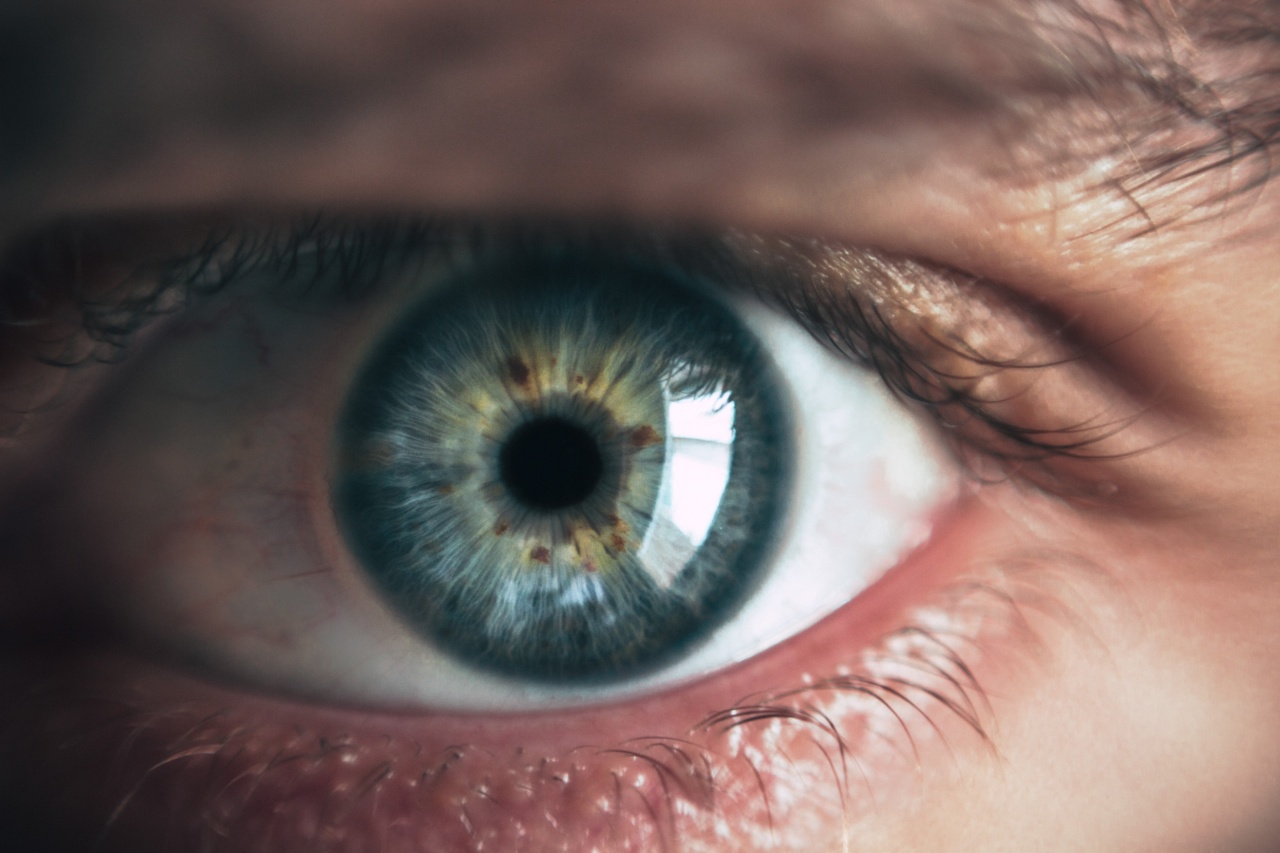The European Retina Conference is a prestigious event that brings together leading experts in the field of ophthalmology.
This year’s conference showcased several breakthrough treatments for various eye conditions that have received approval for use in Europe. These treatments offer hope to patients suffering from debilitating eye conditions and are expected to revolutionize the field of ophthalmology.
In this article, we will discuss five of the most significant eye condition treatments that were approved at the European Retina Conference.
1. Gene Therapy for Inherited Retinal Diseases
Gene therapy has long been hailed as a potential game-changer in the treatment of inherited retinal diseases.
At the European Retina Conference, researchers presented promising data on gene therapy treatments for conditions such as retinitis pigmentosa and Leber congenital amaurosis. These treatments involve delivering functional copies of defective genes to the retina using viral vectors. Clinical trials have shown significant improvements in visual function and quality of life for patients who received this treatment.
2. Anti-VEGF Therapies for Age-Related Macular Degeneration
Age-related macular degeneration (AMD) is a leading cause of vision loss in older adults. The development of anti-vascular endothelial growth factor (anti-VEGF) therapies has revolutionized the treatment of AMD.
These drugs work by inhibiting the growth of abnormal blood vessels in the retina, which are responsible for the vision loss associated with the disease. The European Retina Conference showcased the latest advancements in anti-VEGF therapies, including new drugs with improved efficacy and longer-lasting effects.
3. Artificial Intelligence for Diabetic Retinopathy Screening
Diabetic retinopathy is a complication of diabetes that can lead to vision loss if not detected and treated early. The use of artificial intelligence (AI) algorithms for diabetic retinopathy screening has gained significant attention in recent years.
At the European Retina Conference, researchers presented AI-based screening tools that can accurately detect early signs of diabetic retinopathy, allowing for timely intervention and treatment. These advancements have the potential to improve the accessibility and efficiency of diabetic retinopathy screening programs.
4. Retinal Prostheses for Retinitis Pigmentosa
Retinitis pigmentosa is a degenerative eye disease that causes the progressive loss of photoreceptor cells in the retina.
Researchers have been working on developing retinal prostheses that can replace the function of these damaged cells and restore vision. At the European Retina Conference, several innovative retinal prostheses were presented, including implantable devices that stimulate the remaining healthy cells in the retina to generate visual signals.
These prostheses have shown promising results in clinical trials and offer hope for patients with retinitis pigmentosa.
5. Stem Cell Therapy for Corneal Regeneration
The cornea plays a crucial role in vision by focusing light onto the retina. Damage to the cornea can result in vision impairment or blindness. Stem cell therapy has emerged as a potential treatment option for corneal diseases and injuries.
At the European Retina Conference, researchers presented advancements in stem cell therapy for corneal regeneration, including techniques to generate corneal tissue from patient-derived stem cells. These advancements offer a promising alternative to traditional corneal transplants, which often face supply limitations and compatibility issues.
Conclusion
The European Retina Conference showcased several groundbreaking treatments for various eye conditions, providing hope for patients suffering from debilitating vision disorders.
From gene therapy for inherited retinal diseases to stem cell therapy for corneal regeneration, these advancements in ophthalmology are set to revolutionize the field and improve the lives of countless individuals. With continued research and innovation, we can expect further breakthroughs in the treatment of eye conditions in the coming years.




























